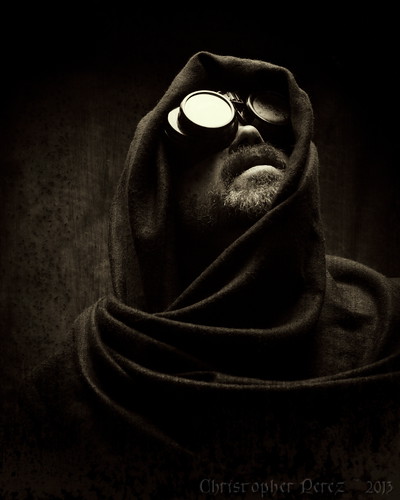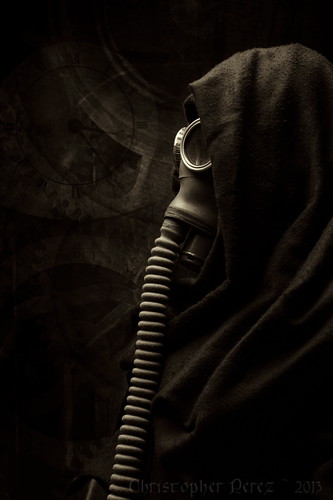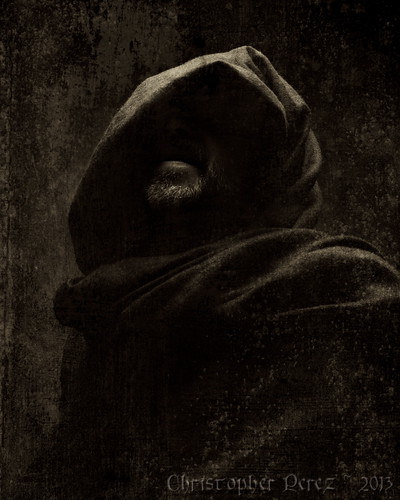Well, Canon has gone and done it. The Wee-Beastie has been released into the wild.

The small size of the Canon SL1 is the thing that really catches my eye. Gizmondo's article shows just how small this DLSR really is. Sony followers are doing their best to believe in their heart of hearts that Canon will take nothing away from the NEX mirrorless market.
Positives of the new Canon, from my perspective, include -

I love my Sony NEX5(original) cameras. They are world class image making machines. I bought a pair of NEX5 cameras refurbished off Amazon when they became available for cheap. So I split my camera system into two. The DSLRs are used where focusing performance (ie: birds in flight - BIG) and studio light controls (ie: Einstein and Elinchrom monolights into huge light modifiers) are required. The mirrorless system where wandering the streets and playing "tourist" is the Game Plan of the Day.
To me, Sony NEX system up-sides include -

Sony NEX downsides include -
As you can likely tell, I've been considering selling the NEX to go with the new Canon. I invested a certain amount of money to go with the Sony mirrorless equipment. This necessitated my duplicating lenses and batteries and adapters to make the portable kit work. It became rather expensive (particularly when I purchased the 18-200SEL and added a second camera). I really only need one small body and a good zoom lens.

I would like my Wandering Around camera body to be WiFi connected so that I could implement a faster creativity stream. I would like to see what it's like to move from image capture, through image processing, to upload while I'm working live and on-site. While I'm yet unclear what value this kind of speed would add to my artistic ability, the approach might yield something unexpected.
As an experiment to see if I could achieve clarity about moving to the new Canon SL1, I took my old Sony NEX5 with 18-55mm lens into a cathedral to see what I could come away with. Using the flip-out LCD, setting the ISO to 200, the aperture to f/11, using a small table-top tripod, and using the remote commander trigger controls I came away with some potentially stunning work.
If I buy the new Canon, I'll need to find something other than my NEX to sell to pay for the SL1. My Sonys continue to enable my present level of creativity in ways I find compelling, even if the optics suffer under the scrutiny of pixel-peeping.
Which means I'll likely stay where I am with my equipment selections. For now, at least.

The small size of the Canon SL1 is the thing that really catches my eye. Gizmondo's article shows just how small this DLSR really is. Sony followers are doing their best to believe in their heart of hearts that Canon will take nothing away from the NEX mirrorless market.
Positives of the new Canon, from my perspective, include -
- Extremely small size
- Every AF EOS lens known to man will work on it, including and particularly my hugely expensive and rather large L-glass
- Nikon, Leica, and Pentax manual focus SLR lenses can easily and cheaply be adapted
- 18mpixel image quality (remember when pro-level Canon's 1Ds was the "cat's meow" at 16mpixel?)
- No WiFi to move data to Nexus/Samsung/iPad tablets for quick processing and upload to the 'net
- No articulated LCD
Note: I don't yet know how accurately the AF system will allow big aperture lenses to be focused when using a chipped adapter (such as I use with my old Nikkor manual focus SLR lenses that date from the Age of Dinosaurs). When a f/1.4 lens is used on the 7D, accurate focus can be achieved in 90
percent of the cases. When the same lens is used on a 5D MkII, I experience a 20 percent "hit rate". I think the chipped AF adapter focus success has to do with the 7D's outstanding AF
system. How the new SL1 performs will need to be seen.

I love my Sony NEX5(original) cameras. They are world class image making machines. I bought a pair of NEX5 cameras refurbished off Amazon when they became available for cheap. So I split my camera system into two. The DSLRs are used where focusing performance (ie: birds in flight - BIG) and studio light controls (ie: Einstein and Elinchrom monolights into huge light modifiers) are required. The mirrorless system where wandering the streets and playing "tourist" is the Game Plan of the Day.
To me, Sony NEX system up-sides include -
- Incredibly small size and extremely light weight
- Somewhat articulated LCD (flip-up only, still, it's enough for many situations I find myself in)
- AF system is decent for contrast detect
- Shallow flange to sensor distance that allows just about any lens ever made for any application to be used on these cameras (including 16mm cine optics, if you're into that kind of thing)
- The Sony NEX "peaking" function is pretty sweet for focusing old optics
- WiFi connectivity has been added to the NEX5 and NEX6 cameras

Sony NEX downsides include -
- Sony's optical performance could be improved. The 16mm and 18-55mm kit lenses show obvious distortions and chromatic aberrations at all apertures.
- Slow to non-existant AF focus when used with the 18-200SEL at long focal lengths. There is far too much hunting going on for my taste. I've missed shots because of this.
- Camera buttons and controls are so closely set that I constantly change settings unintentionally. I really have to pay attention to what I'm doing when I'm trying to work quickly because I all too often bump something causing my setup to change. These cameras a nearly too small for their own good.
- "Peaking" focusing with my Nikkor 50mm f/1.4 Ai at wide open is very "hit or miss". I resort to magnifying a scene to more carefully focus large aperture lenses when shooting wide open. Which means using the NEX as limited DOF situations is dodgy and time consuming at best.
- I really have to work at making the NEX cameras work in studio environment and there's no possibility of tracking BIF. This is why I use them for Wandering Around photography only.
As you can likely tell, I've been considering selling the NEX to go with the new Canon. I invested a certain amount of money to go with the Sony mirrorless equipment. This necessitated my duplicating lenses and batteries and adapters to make the portable kit work. It became rather expensive (particularly when I purchased the 18-200SEL and added a second camera). I really only need one small body and a good zoom lens.

I would like my Wandering Around camera body to be WiFi connected so that I could implement a faster creativity stream. I would like to see what it's like to move from image capture, through image processing, to upload while I'm working live and on-site. While I'm yet unclear what value this kind of speed would add to my artistic ability, the approach might yield something unexpected.
As an experiment to see if I could achieve clarity about moving to the new Canon SL1, I took my old Sony NEX5 with 18-55mm lens into a cathedral to see what I could come away with. Using the flip-out LCD, setting the ISO to 200, the aperture to f/11, using a small table-top tripod, and using the remote commander trigger controls I came away with some potentially stunning work.
If I buy the new Canon, I'll need to find something other than my NEX to sell to pay for the SL1. My Sonys continue to enable my present level of creativity in ways I find compelling, even if the optics suffer under the scrutiny of pixel-peeping.
Which means I'll likely stay where I am with my equipment selections. For now, at least.
No comments:
Post a Comment